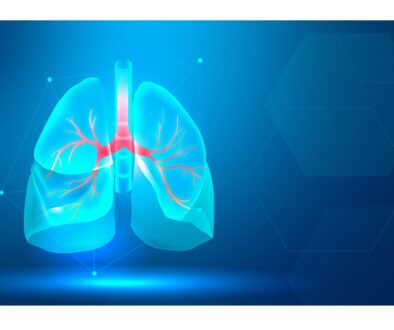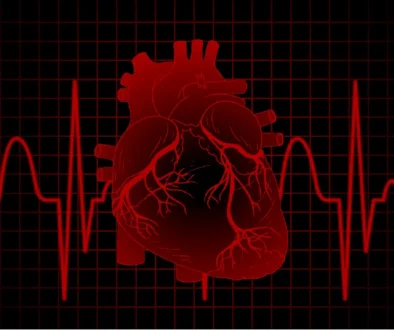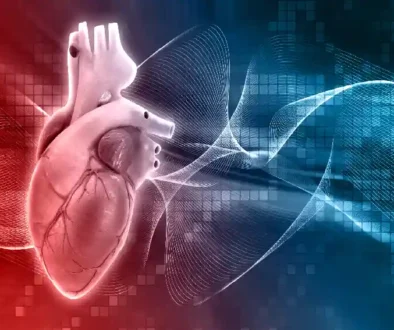Unstable Angina Treatment & Prevention
Unstable angina treatment: It is a type of chest pain that occurs when the heart doesn’t receive enough blood flow and oxygen. It is considered a medical emergency and requires immediate treatment, as it can lead to a heart attack or other serious complications.
Symptoms
Unstable angina is characterized by sudden and intense chest pain or discomfort. This pain may feel like a squeezing or pressure in the chest, and it may radiate to the arms, neck, jaw, back, or shoulders. Other symptoms may include:
- Shortness of breath
- Nausea or vomiting
- Sweating
- Dizziness or lightheadedness
- Fatigue
The symptoms can occur even at rest or with little exertion, activity or exercise. The symptoms come as a surprise.
Causes
Unstable angina is usually caused by a buildup of plaque in the arteries that supply blood to the heart. This plaque can rupture or break open, causing a blood clot to form. The clot can partially or completely block the blood flow to the heart, leading to unstable angina.
Diagnosis
If you are experiencing chest pain or other symptoms of unstable angina, seek medical attention immediately. Your healthcare provider will perform a physical exam and may order tests such as an electrocardiogram (ECG), blood tests, or a stress test to evaluate your heart function.
Unstable angina treatment
The goal of treatment for unstable angina is to restore blood flow to the heart and prevent a heart attack or other complications. Treatment options may include:
Medications
Medications may be prescribed to reduce chest pain, prevent blood clots, or lower blood pressure. These may include:
Nitroglycerin to relax blood vessels and improve blood flow
Aspirin or other antiplatelet drugs to prevent blood clots
Beta blockers or calcium channel blockers to lower blood pressure and reduce the workload on the heart
Procedures
In some cases, procedures may be necessary to restore blood flow to the heart. These may include:
Angioplasty to open blocked arteries with a balloon catheter
Stent placement to hold open the artery after angioplasty
Coronary artery bypass surgery to reroute blood flow around blocked arteries
Lifestyle Changes
Lifestyle changes may also be recommended to manage unstable angina and reduce the risk of complications. These may include:
- Eating a heart-healthy diet
- Exercising regularly
- Quitting smoking
- Managing stress
- Maintaining a healthy weight
- Taking medications as prescribed
Prevention
Preventing unstable angina involves managing risk factors that contribute to heart disease. These may include:
- Eating a heart-healthy diet
- Exercising regularly
- Quitting smoking
- Managing high blood pressure and high cholesterol
- Managing stress
- Maintaining a healthy weight
If you have a family history of heart disease or other risk factors, talk to your healthcare provider about steps you can take to reduce your risk of unstable angina and other heart-related conditions.
Conclusion
Unstable angina is a serious condition that requires immediate medical attention. If you or someone you know is experiencing chest pain or other symptoms of unstable angina, seek emergency care right away. With prompt treatment, it is possible to manage unstable angina and reduce the risk of complications. By making lifestyle changes and managing risk factors, you can also help prevent unstable angina and other heart-related conditions.
Do You Know?
Unstable angina is a high-risk type of chest pain that can lead to a heart attack if not treated promptly. Often, people who experience a heart attack first develop symptoms like unstable angina, fatigue, or difficulty breathing days or even weeks prior to the heart attack. Don’t delay in seeking unstable angina treatment if you notice these symptoms, says Dr. Sarat Chandra.
Next learn about Unstable Angina FAQs…
How is unstable angina different from stable angina?
What are the risk factors for unstable angina?
How is unstable angina treated?
Can lifestyle changes help manage unstable angina?
What should I do if I experience chest pain or other symptoms of unstable angina?




